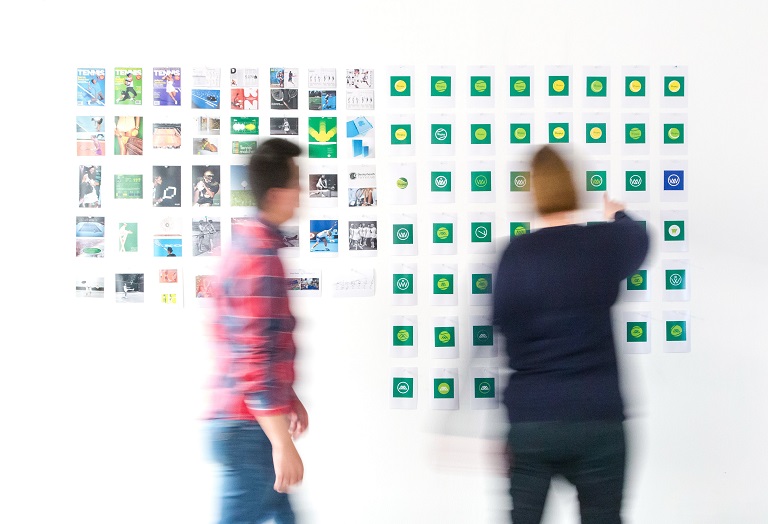
When selecting content and editorial insight for target audiences, many companies favour traditional methods. Populated Excel spreadsheets highlighting strategically important topics (ESG anyone?) provide a content pipeline that will serve the needs of the target audience for a specific period, whether that’s a quarter, six months, or the full year.
Wardour’s editorial team is heavily involved in the pipeline pitching. The team has a steady stream of thought leadership and content ideas at its collective fingertips across multiple formats, whether that’s digital articles, videos, podcasts or print magazines. These ideas are then built into a brand’s content plan, allied to content ideas and strategic aims from the clients themselves. Collaboration, as is the case with so much agency-client work, is the key to success when it comes to choosing the right content.
So where do editorial panels fit into the content conversation? The concept itself is fairly simple. A panel of industry experts/key stakeholders provides a steer on editorial content, courtesy of their own unique thoughts, views and experiences based on their respective areas of expertise and career skills. A panel works particularly well for membership organisations that are seeking to tailor content to a range of different topics or subject areas and appeal to all aspects of their membership base.
But how does the concept of an editorial panel work in practice?
Content is king
Selecting the right content is key. It needs to be aligned around both client marketing goals, and the end reader. Most importantly, it should be on-trend, timely, and have something to say.
But who comes up with the ideas? On the Chartered Institute for Securities & Investment (CISI) account, Wardour produces four print issues (The Review magazine) per year, in addition to a stream of regular written or video content for The Review online channel, delivering targeted insights to the CISI’s global membership, which consists of 44,000 financial services professionals.
To that end, we work closely with members of the Review Editorial Panel. The panel is made up of over 20 key project stakeholders: senior CISI staff, the Wardour team, and CISI members, who are representatives of various sub-sectors across financial services, including wealth management, financial planning, operations, bonds, and risk.
Panel representatives come armed with ideas for each meeting (more on frequency in a moment), and collaboration is again key, with all members having a chance to pitch ideas on the key topics that members need to know about.
Stakeholder alignment
With a panel of over 20 people gathered in a meeting room (or joining virtually via video technology), there are plenty of voices. Having a range of diverse voices is important. Discussion prompts ideas, and it is this expert feedback and ‘thought leadership brainstorming’ that is so vital to providing the insight and info that forms the outline of an article (otherwise known as the ‘brief’). It’s this insight that turns a good article into a great article, ensuring that the content is delivering on the key angles that are most important to the CISI’s members.
But it’s important to have one unifying voice drawing this range of (sometimes disparate) ideas and viewpoints together. That’s where a chair comes in. Typically, this will be a senior member of the panel; whether that’s from the client side, an editor from the agency, or one of the chosen subject experts. Either way, it’s the chair’s job to ensure that all panel members have the opportunity to contribute, that a variety of angles are considered, and to draw together sometimes conflicting viewpoints to settle on a cohesive angle for a content idea.
Populating your panel
Many panel members will be senior professionals or subject-area experts. That way you can benefit from their expertise, which has been honed over many years of specialism and professional insight. Organisations also need to ensure a balance of views, so gender and age should be considered, alongside specific subject-area expertise. For example, younger panel members will be able to provide different insights and angles.
Many panel members will be keen to offer their expertise, and for some this will be an important networking and skills-building opportunity in terms of professional development. But it’s important to remember that this is a voluntary body, and time is therefore at a premium. The role of panel members is to provide expert insights on particular topics. In some cases, it will be acceptable to follow up with members outside of the panel – for example, they may wish to feed back on the final finished version of an article they pitched, to ensure it covers all the parts of the original brief. But the key thing to remember is that panel members are there to advise, not as a crutch to lean on, or to provide extensive editorial support.
When to meet
Our editorial panel for The Review programme meets once every six weeks, with a set number of articles selected at each panel, to ensure a steady flow and pipeline of written features over the course of a year. Depending on the content channel, panels may wish to meet more or less often. For instance, in an organisation producing an always-on stream of content more meetings may be necessary.
Editorial panels won’t be for everyone, but for certain companies, particularly those with multiple stakeholders, such as membership organisations, they can be a great way to provide both specialist subject representation and expert insight.
To learn more about how Wardour can help with your editorial approach, pop us an email at hello@wardour.co.uk – we’d love to have a chat with you.
Stay ahead of the curve
Sign up to our emails

